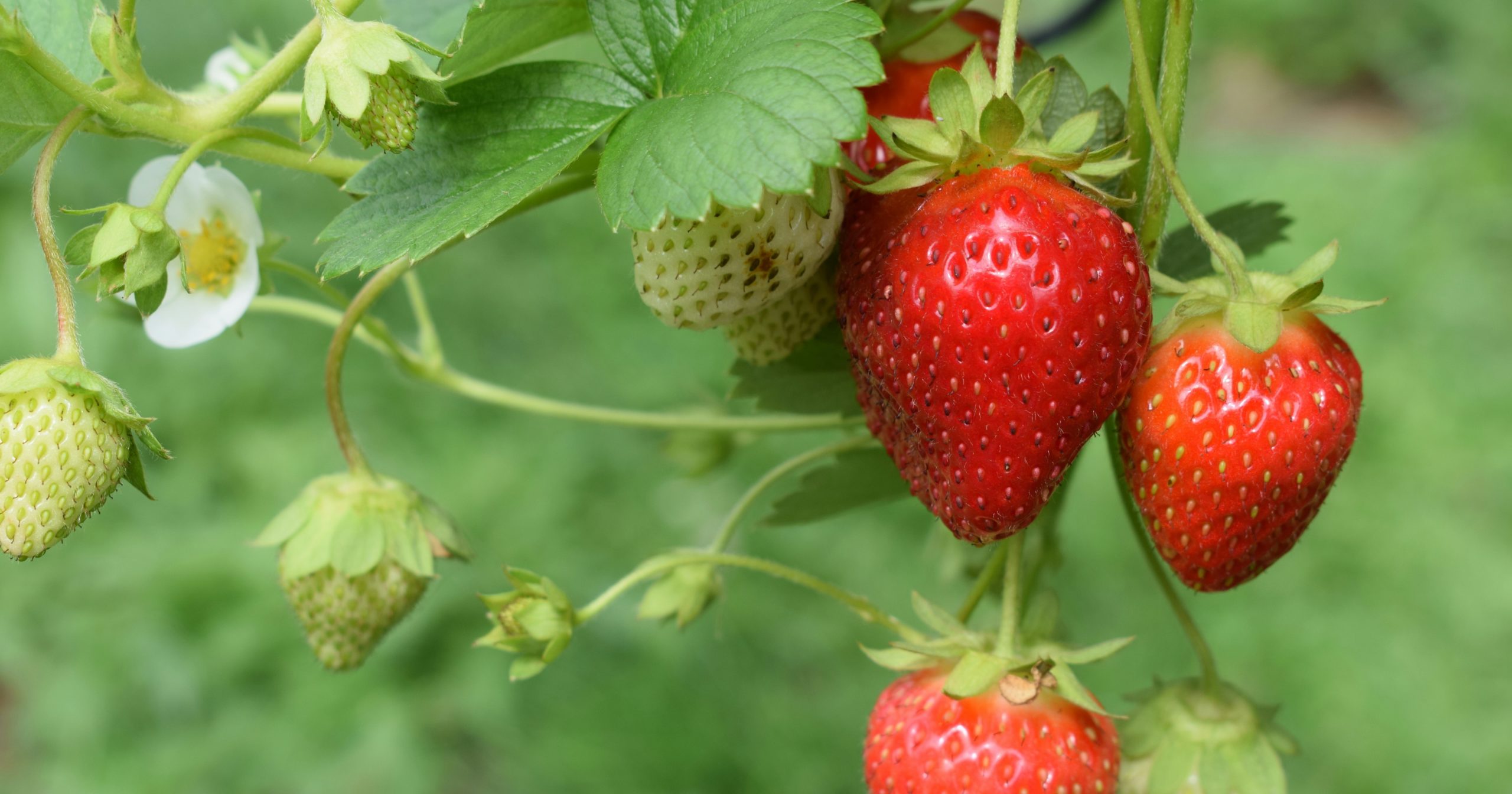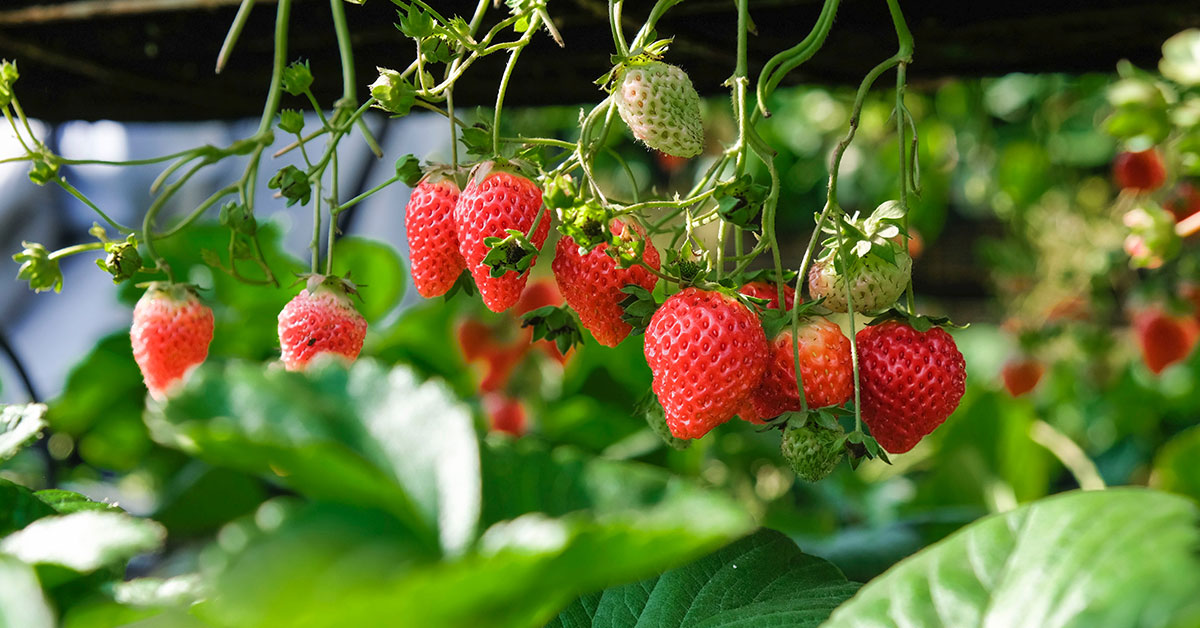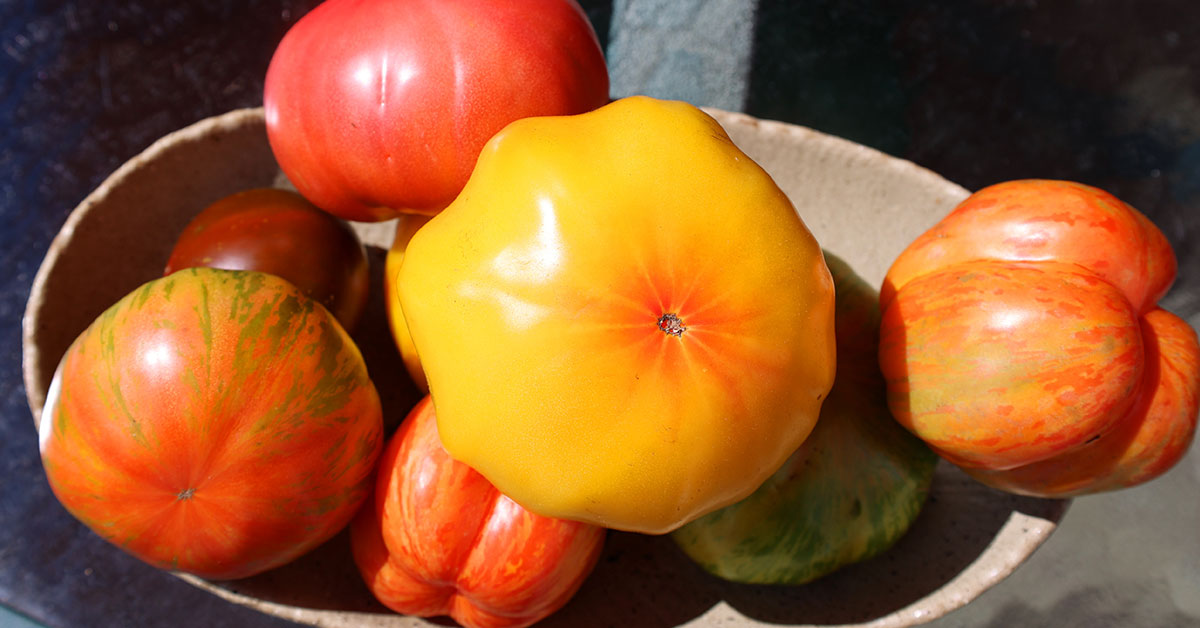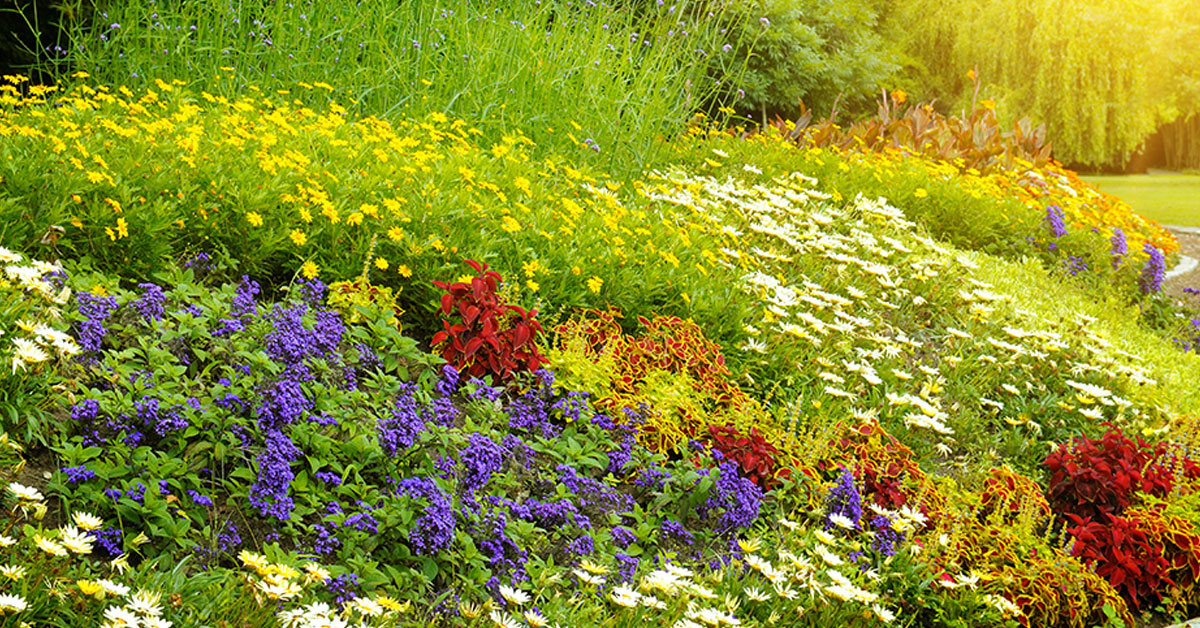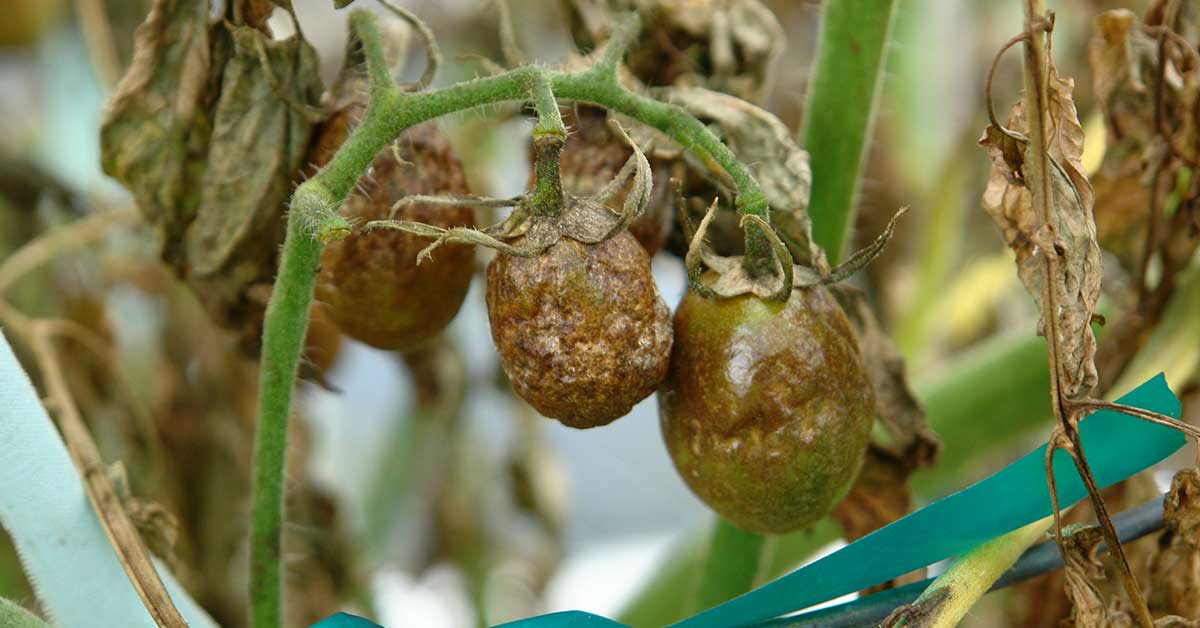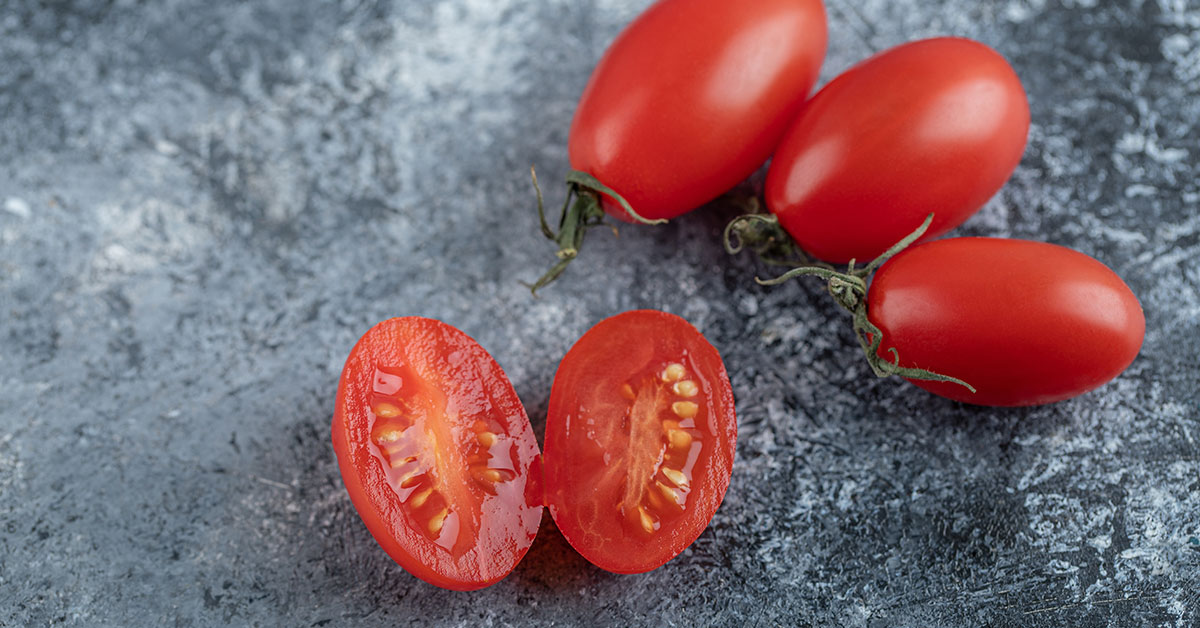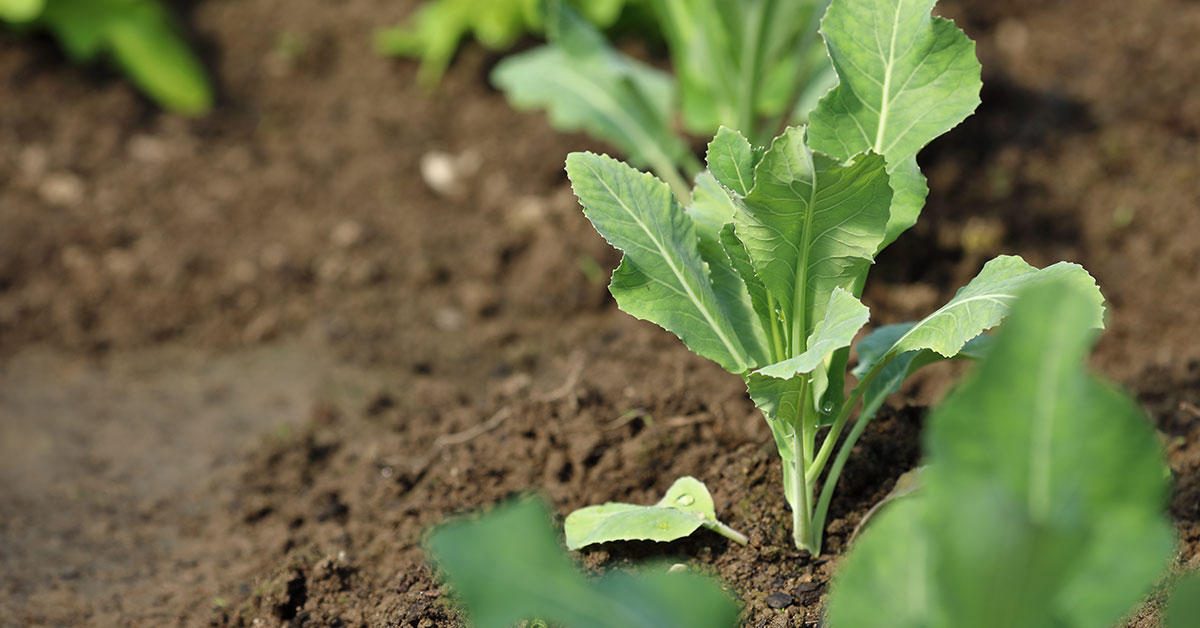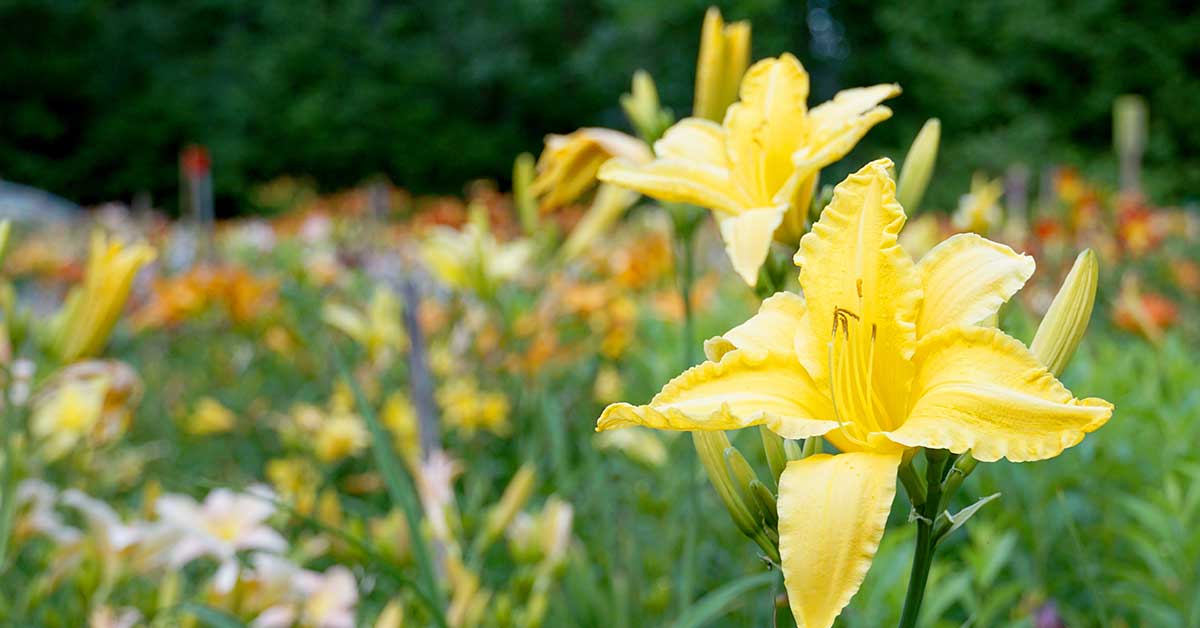Growing strawberries can be a delightful experience, yielding sweet and juicy fruits that are perfect for summer treats. However, achieving a bountiful strawberry harvest requires avoiding common pitfalls that can ruin your crop. As a passionate gardener who loves sharing tips for successful gardening, I’m here to help you navigate these challenges and enjoy a bountiful harvest!
In this article, we’ll explore ten common mistakes that can hinder your strawberry-growing efforts and provide practical solutions to avoid or fix them. Whether you’re a seasoned gardener or a beginner, understanding these mistakes will help you grow healthy, productive strawberry plants. Let’s dive in and ensure your strawberries thrive!
Planting in Poor Soil
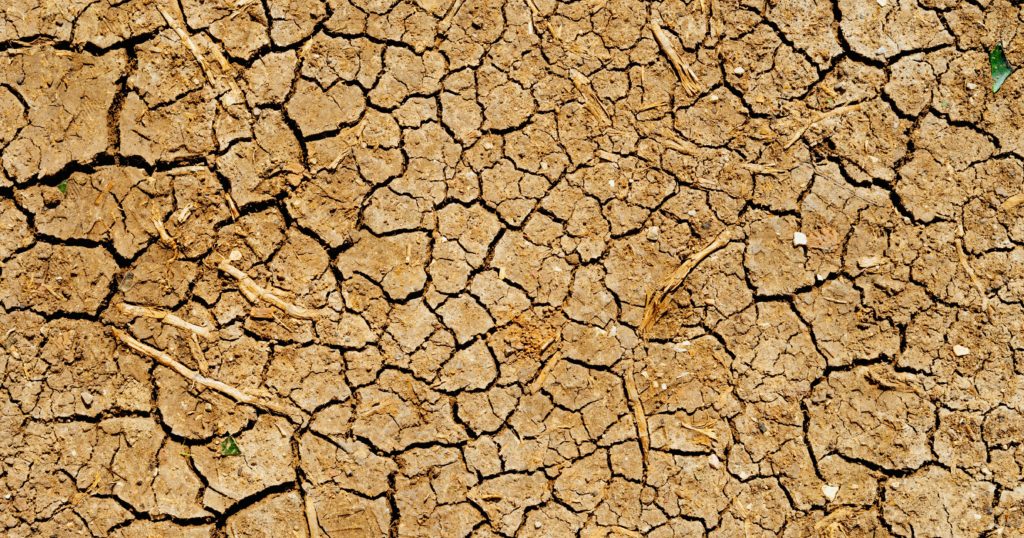
Strawberries need well-drained, nutrient-rich soil to thrive. Planting them in poor soil can lead to weak plants with low yields. Compacted or clay-heavy soils can cause waterlogging, leading to root rot and other diseases.
To avoid this mistake, prepare your strawberry bed by adding organic matter like compost to improve soil structure and fertility. Ensure good drainage by planting in raised beds if necessary. Regularly test your soil and amend it as needed to maintain optimal growing conditions for your strawberries.
Insufficient Sunlight
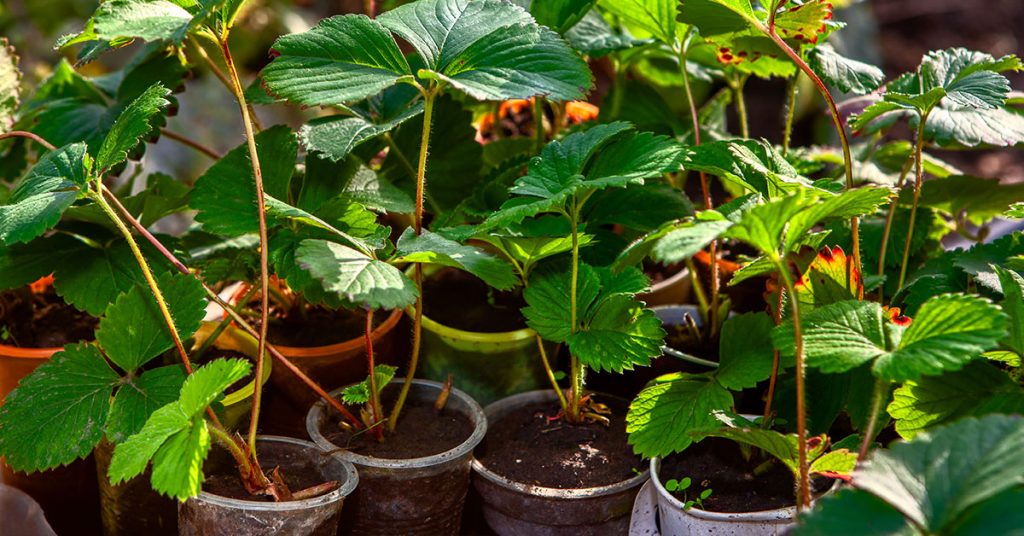
Strawberries require at least 6-8 hours of direct sunlight each day to produce abundant, flavorful fruits. Planting them in a shaded area will result in poor growth and reduced yields. Without enough sunlight, strawberries may also become more susceptible to pests and diseases.
To fix this, choose a sunny spot in your garden for your strawberry patch. If sunlight is limited, consider growing strawberries in containers that can be moved to sunnier locations. Maximizing sunlight exposure will ensure your plants develop strong and healthy fruits.
Overcrowding Plants
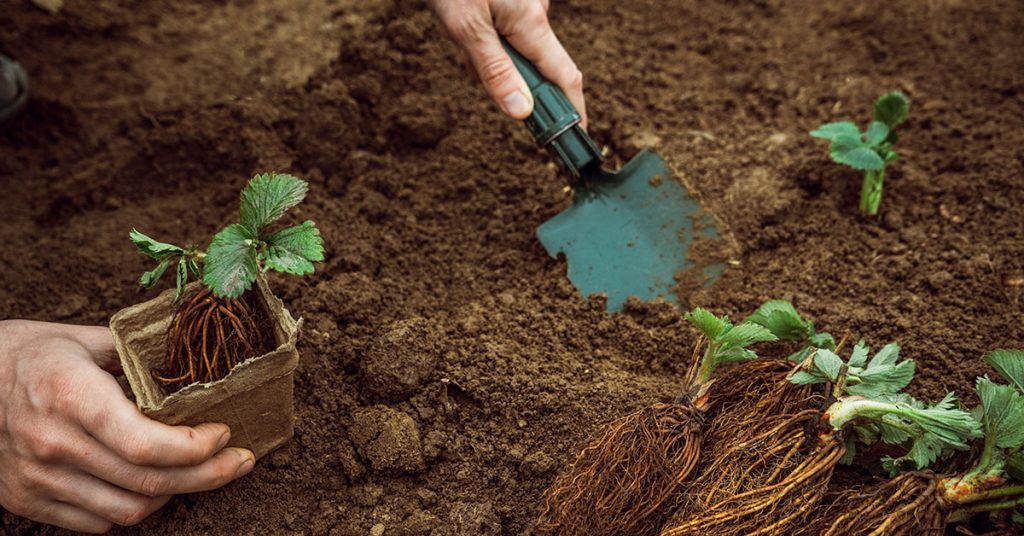
Overcrowding strawberry plants can lead to poor air circulation, increasing the risk of fungal diseases like powdery mildew and gray mold. It also results in competition for nutrients and water, reducing overall plant vigor and fruit production.
To avoid overcrowding, space your strawberry plants about 12-18 inches apart, depending on the variety. Proper spacing allows for better air circulation and easier access for maintenance tasks like weeding and harvesting. Thinning out excess runners can also help maintain adequate spacing and plant health.
Neglecting Mulching
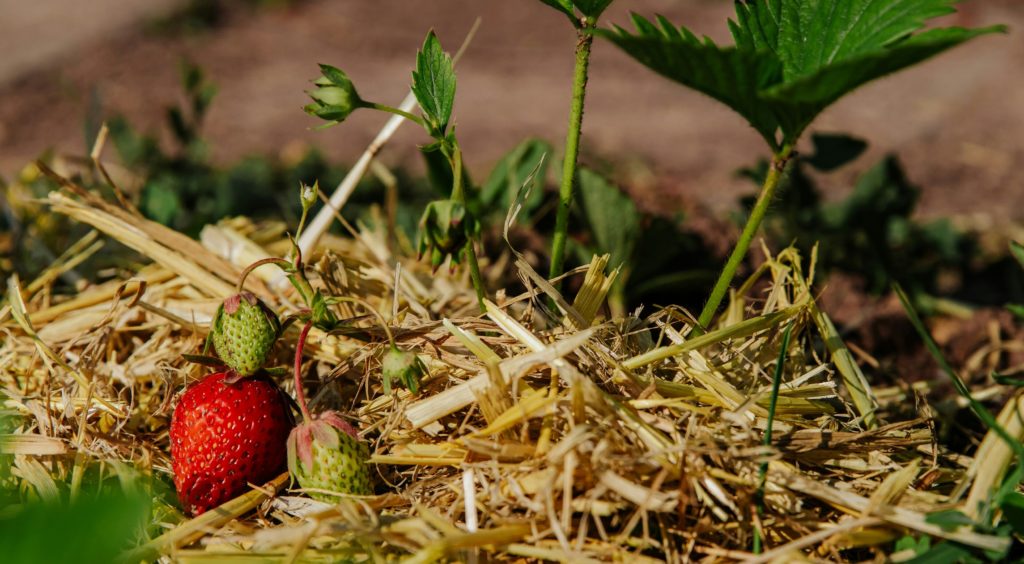
Mulching is crucial for maintaining soil moisture, suppressing weeds, and protecting strawberries from soil-borne diseases. Neglecting to mulch can lead to dry soil, weed competition, and increased disease risk, all of which can negatively impact your strawberry crop.
Apply a layer of organic mulch, such as straw or wood chips, around your strawberry plants. Mulching helps retain soil moisture, reduces weed growth, and prevents soil splashes that can spread diseases to your plants. Refresh the mulch layer as needed to maintain its effectiveness throughout the growing season.
Overwatering
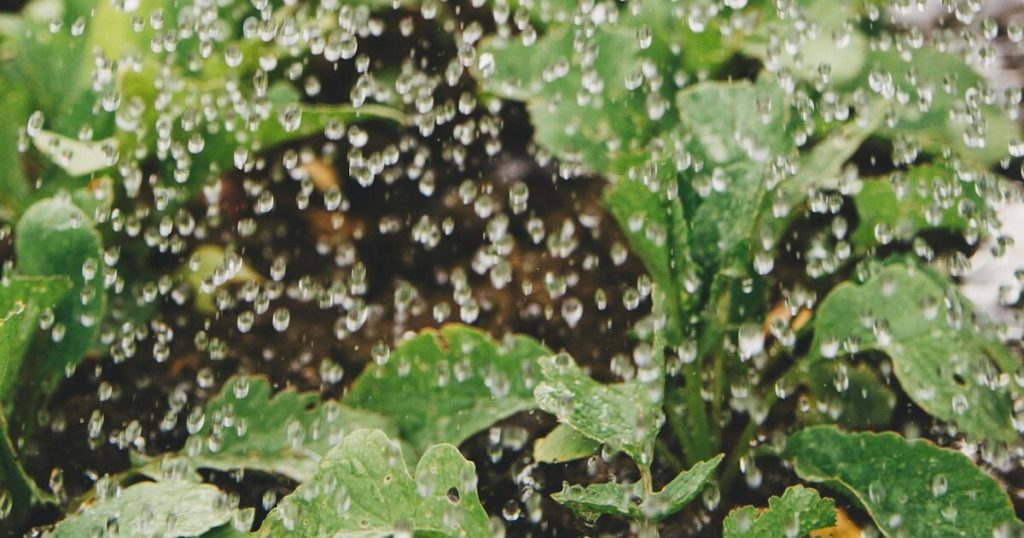
While strawberries need consistent moisture, overwatering can be just as harmful as underwatering. Overwatering leads to waterlogged soil, which can cause root rot and other fungal diseases. It also washes away essential nutrients, weakening the plants.
To avoid overwatering, water your strawberries deeply but less frequently, allowing the soil to dry out slightly between waterings. Use drip irrigation or soaker hoses to deliver water directly to the roots and minimize foliage wetness. Monitoring soil moisture levels regularly will help you maintain the right balance.
Ignoring Pests
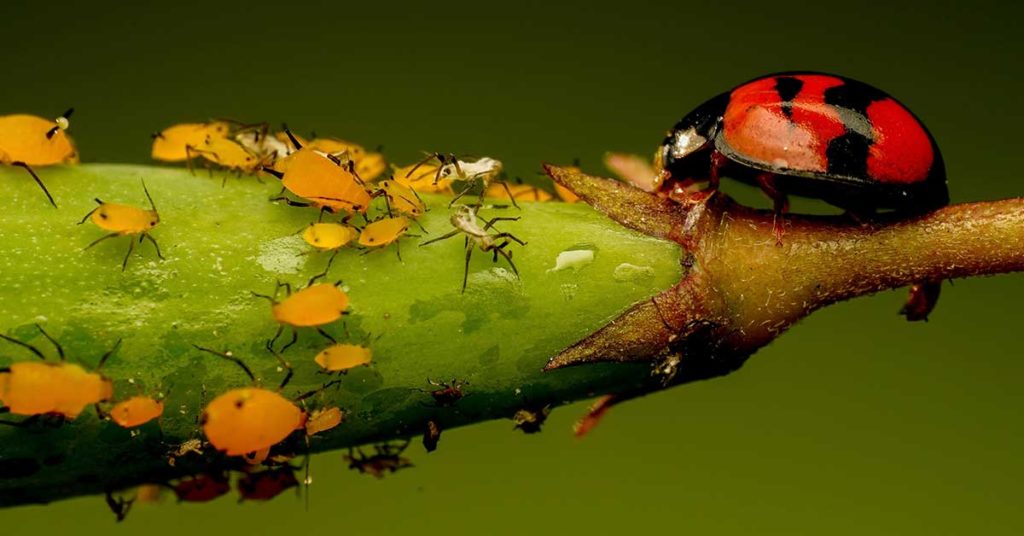
Pests like slugs, snails, aphids, and spider mites can wreak havoc on your strawberry plants, reducing yields and damaging fruits. Ignoring these pests can lead to significant crop loss and plant stress.
Regularly inspect your strawberry plants for signs of pest activity. Use organic pest control methods such as introducing beneficial insects, using insecticidal soap, or applying diatomaceous earth. Physical barriers like netting can also protect your plants from larger pests like birds and rodents.
Lack of Fertilization
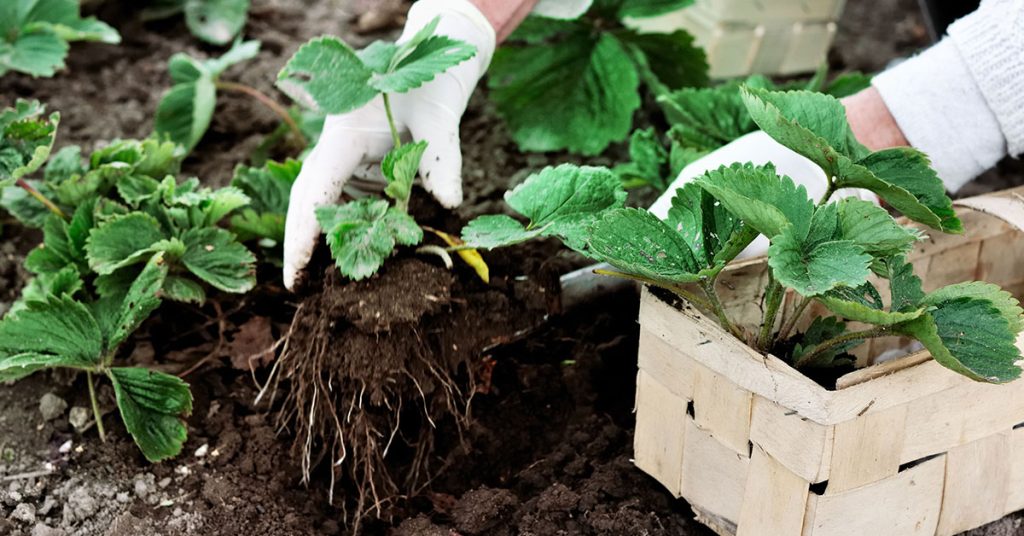
Strawberries are heavy feeders and require regular fertilization to produce abundant, high-quality fruits. Lack of fertilization can result in nutrient deficiencies, poor growth, and low yields.
To ensure your strawberries receive adequate nutrients, apply a balanced fertilizer during planting and follow up with regular feedings throughout the growing season. Organic fertilizers like compost or well-rotted manure can provide a steady supply of nutrients. Monitor your plants for signs of nutrient deficiencies and adjust your fertilization schedule as needed.
Planting Too Deeply
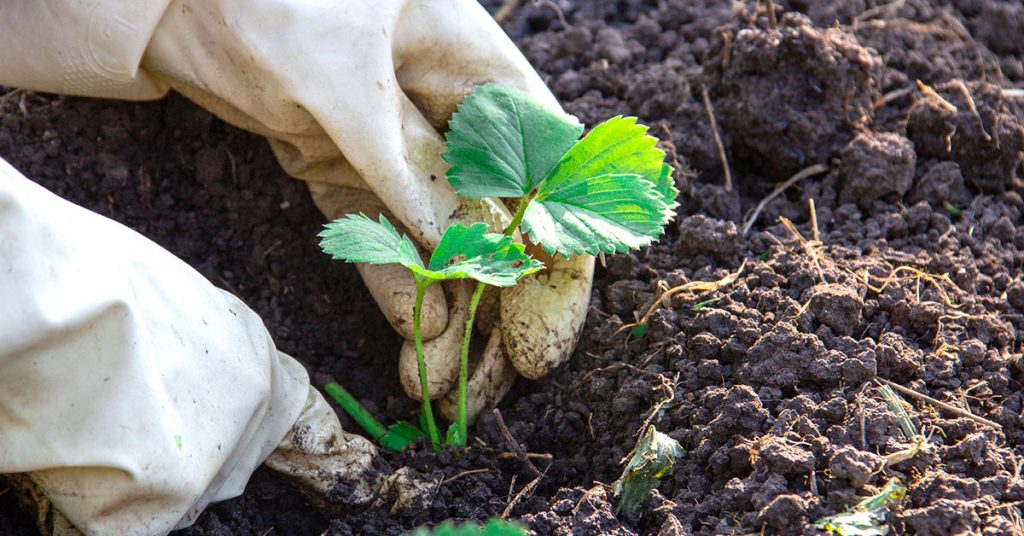
Planting strawberry crowns too deeply can hinder their growth and lead to rot. The crown should be just at soil level, with the roots well-covered but the crown exposed.
To plant strawberries correctly, dig a hole large enough to spread the roots out and place the crown at the soil surface. Firm the soil around the roots and water thoroughly. Avoid burying the crown, as this can lead to rot and poor plant development.
Using Old Plants
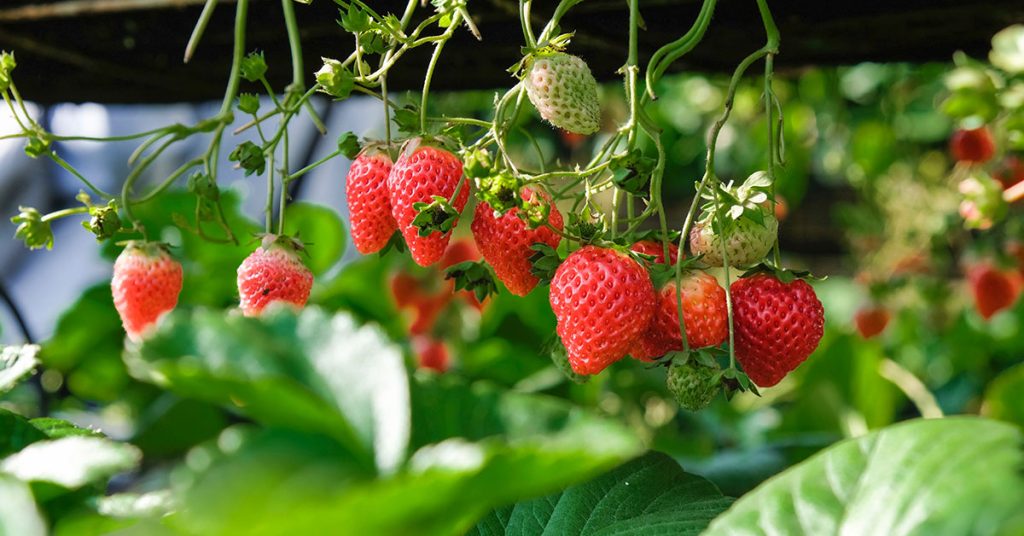
Strawberry plants lose their productivity after a few years. Continuing to grow old plants can result in declining yields and smaller fruits. Rejuvenating your strawberry patch with new plants is essential for maintaining high yields.
Replace your strawberry plants every 3-4 years to ensure continued productivity. You can propagate new plants from runners or purchase disease-free plants from a reputable nursery. Rotating your planting area can also help prevent soil-borne diseases and maintain soil health.
Failing to Rotate Crops

Planting strawberries in the same spot year after year can deplete soil nutrients and increase the risk of diseases and pests. Crop rotation is essential for maintaining soil health and reducing disease pressure.
Rotate your strawberry plants to a different location in your garden every 3-4 years. This practice helps break pest and disease cycles and allows the soil to recover. Incorporating cover crops or other plant families into your rotation can also improve soil structure and fertility.
By avoiding these common strawberry growing mistakes, you can enjoy a bountiful harvest of sweet, juicy fruits. Each of these tips helps ensure your strawberry plants remain healthy and productive throughout the growing season.
